In the medical field, from precision medical device components to disposable medical supplies, injection molding technology plays a crucial role. It has become an indispensable part of medical manufacturing due to its advantages of high precision, high efficiency, and the ability to produce products with complex shapes. Now, let's delve into the 7 key steps of medical injection molding.
1. Raw Material Preparation and Pre-treatment
The requirements for raw materials in medical injection molding are extremely stringent. Special medical-grade plastics must be used, such as polypropylene (PP), polyethylene (PE), and polycarbonate (PC). These materials should be non-toxic, odorless, and have good biocompatibility. The raw materials usually come in granular form. Before entering the injection molding machine, they need to be poured into a drying machine for drying treatment. This is because medical products are highly sensitive to moisture content. Even a tiny amount of moisture can cause material degradation during the high-temperature injection molding process, affecting the performance and quality of the products. The drying temperature and time are precisely set according to the characteristics of different materials to ensure that the raw materials reach the optimal drying state.
2. Heating and Melting Plasticization
The dried raw materials are fed into the barrel of the injection molding machine. The barrel is equipped with an efficient heating device externally, and at the same time, the screw inside the barrel continuously rotates and pushes the raw materials forward. Under the combined effects of the screw's shear and friction as well as external heating, the raw materials gradually heat up and start to melt. As the screw keeps rotating, the molten plastic is continuously pushed towards the front end of the barrel and accumulates there, generating a certain pressure. The backward movement distance of the screw is precisely adjusted according to the pre-set injection volume. When the required injection volume is reached, the screw stops rotating and moving backward. At this point, a sufficient amount of high-quality molten plastic has been stored at the front end of the barrel, ready for the subsequent injection molding process.
3. Mold Closing and Precise Locking
In medical injection molding, the precision of the mold directly affects the quality of the products. The mold closing process is precisely controlled by the mold locking mechanism, which pushes the moving mold plate and the moving mold part mounted on it to slowly close up with the fixed mold part on the fixed mold plate. This process must ensure that the two halves of the mold are perfectly aligned without the slightest deviation; otherwise, defects such as flash and dimensional deviations may occur in the products. After mold closing is completed, the mold locking mechanism applies a sufficiently large clamping force to firmly lock the mold, so as to withstand the huge pressure exerted by the molten plastic on the mold cavity during the injection process and ensure the stability of the molding process and the dimensional accuracy of the products.

4. Injection and Packing Pressure Compensation
After the mold is closed and locked, the injection seat moves forward under the action of the driving device, making the nozzle of the injection molding machine tightly fit with the main sprue of the mold to ensure that the molten plastic can be smoothly injected into the mold cavity. Subsequently, high-pressure oil is injected into the injection hydraulic cylinder, pushing the screw to move forward relative to the barrel and inject the molten plastic accumulated at the front end of the barrel into the mold cavity at high pressure and high speed. Since the molten plastic will shrink in volume as its temperature drops after entering the cavity, in order to ensure that the medical products meet strict requirements in terms of density, dimensional accuracy, and mechanical properties, it is necessary to maintain a certain pressure on the molten material in the mold cavity after injection for packing pressure compensation. This process can timely supplement the material vacancies caused by shrinkage, making the internal structure of the products more uniform and dense.
5. Pressure Relief
When the molten material at the gate of the mold is completely frozen, it means that the plastic in the cavity has basically taken shape. At this point, pressure relief can be carried out. The pressure relief process is achieved by controlling the pressure release in the injection hydraulic cylinder, gradually reducing the pressure borne by the screw. Accurate control of this step is crucial. If pressure relief is carried out too early, defects such as voids and shrinkage porosity may occur inside the products; if pressure relief is carried out too late, it will increase the energy consumption of the equipment and the production cycle, reducing production efficiency.
6. Injection Device Reset and Preparation
After pressure relief is completed, the screw starts to rotate and move backward, on the one hand, preparing for the next material feeding and pre-plasticization process, and on the other hand, discharging any residual old materials in the barrel to ensure that fresh and stable-quality molten plastic is used for each injection. In current medical injection molding production, the action of the injection seat moving away from the main sprue of the mold has been eliminated in most cases to simplify the production process and improve production efficiency. However, for some materials that are prone to severe drooling during molding, such as nylon (PA), this action may still be carried out under specific circumstances to prevent drooling from affecting product quality.
7. Mold Opening and Ejection of Molded Parts
After a period of cooling and shaping, the medical molded parts in the mold cavity have reached sufficient strength and hardness. At this time, the mold locking mechanism starts to operate, opening the mold and separating the moving mold part from the fixed mold part. Subsequently, the ejection mechanism is activated, and the molded parts are smoothly ejected from the mold cavity by the ejector pins. The ejection process requires precise control of the ejection force and ejection speed to avoid defects such as deformation, damage, or ejection marks on the surface of the molded parts caused by improper ejection. After ejection, the molded parts undergo simple deburring, inspection, and other post-processing steps before entering the next production process or being directly packaged and stored.
The 7 steps of medical injection molding are closely interconnected. Each step is crucial for the quality and performance of the final products. Only by strictly controlling the process parameters and operation specifications of each step can high-quality products that meet the high standards of the medical industry be produced, contributing to safeguarding people's health and safety.
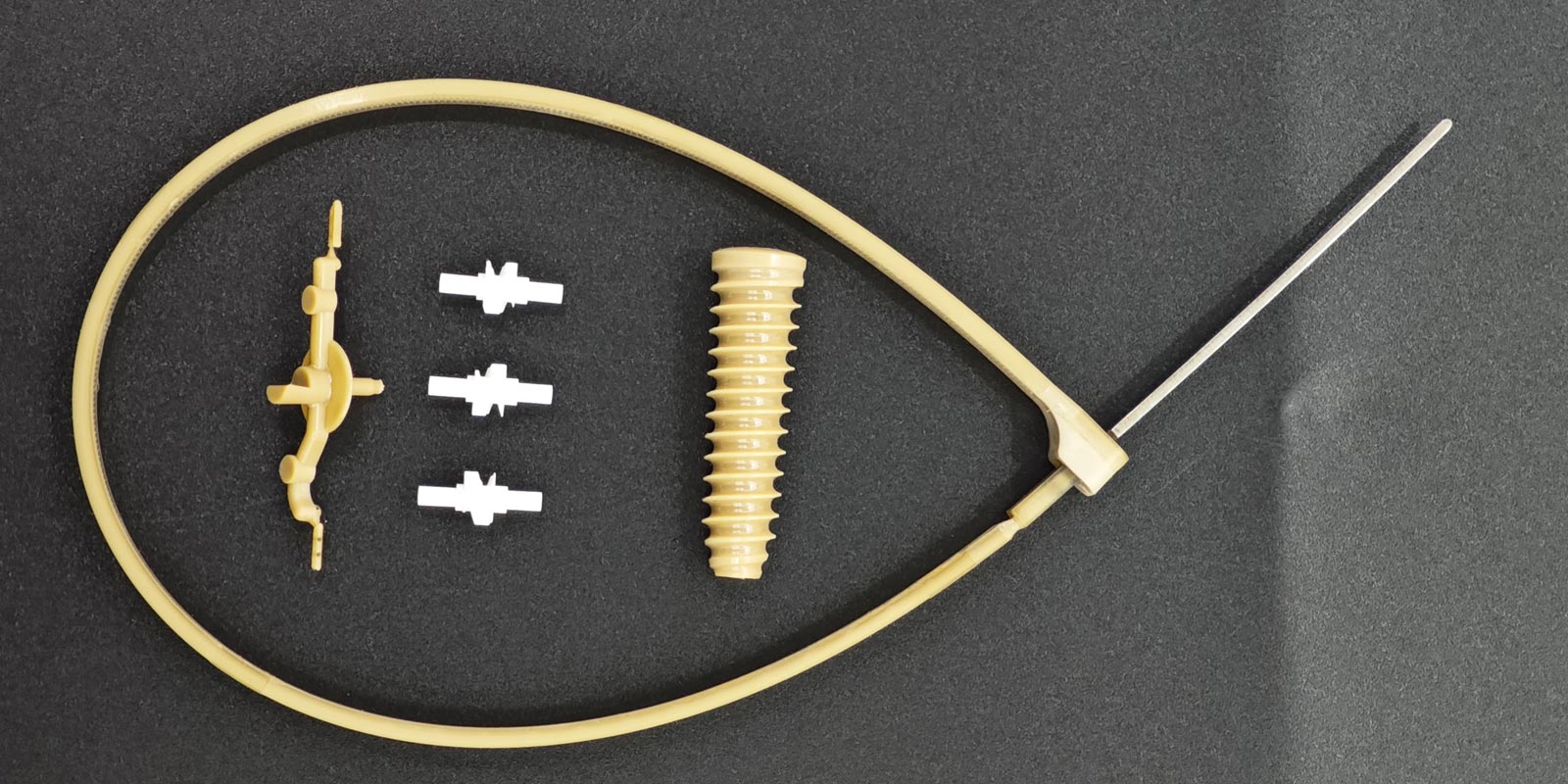
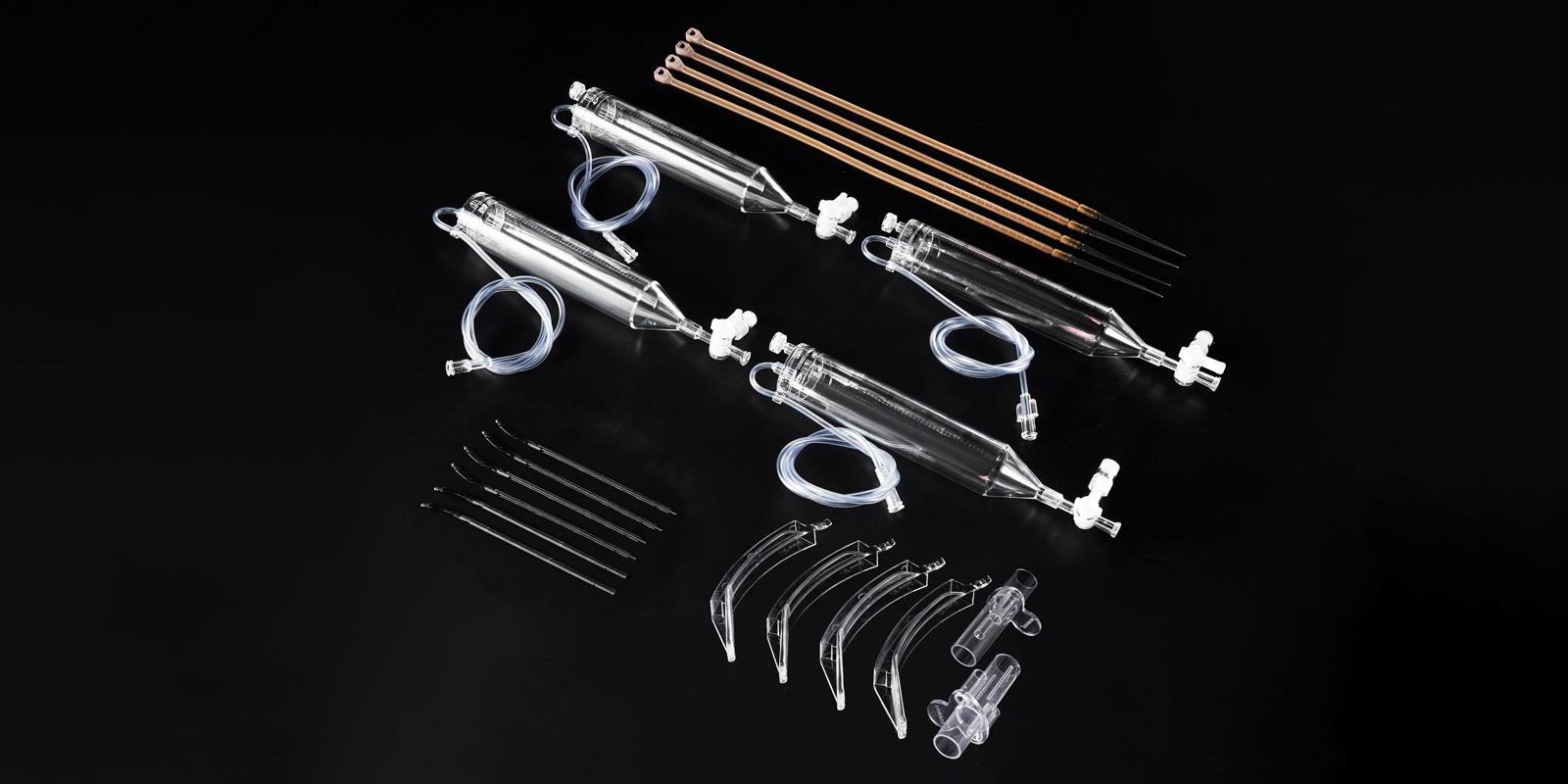
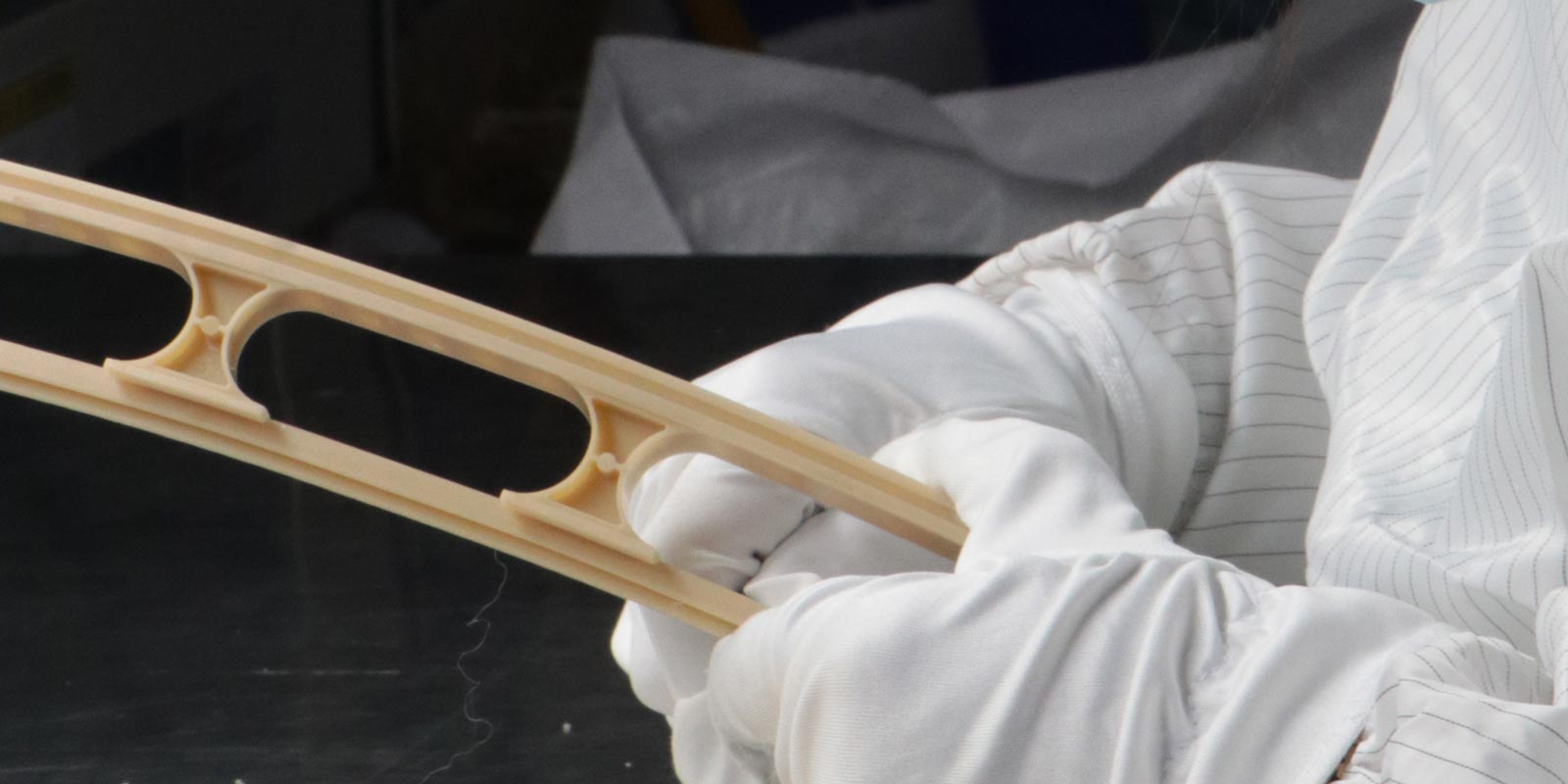
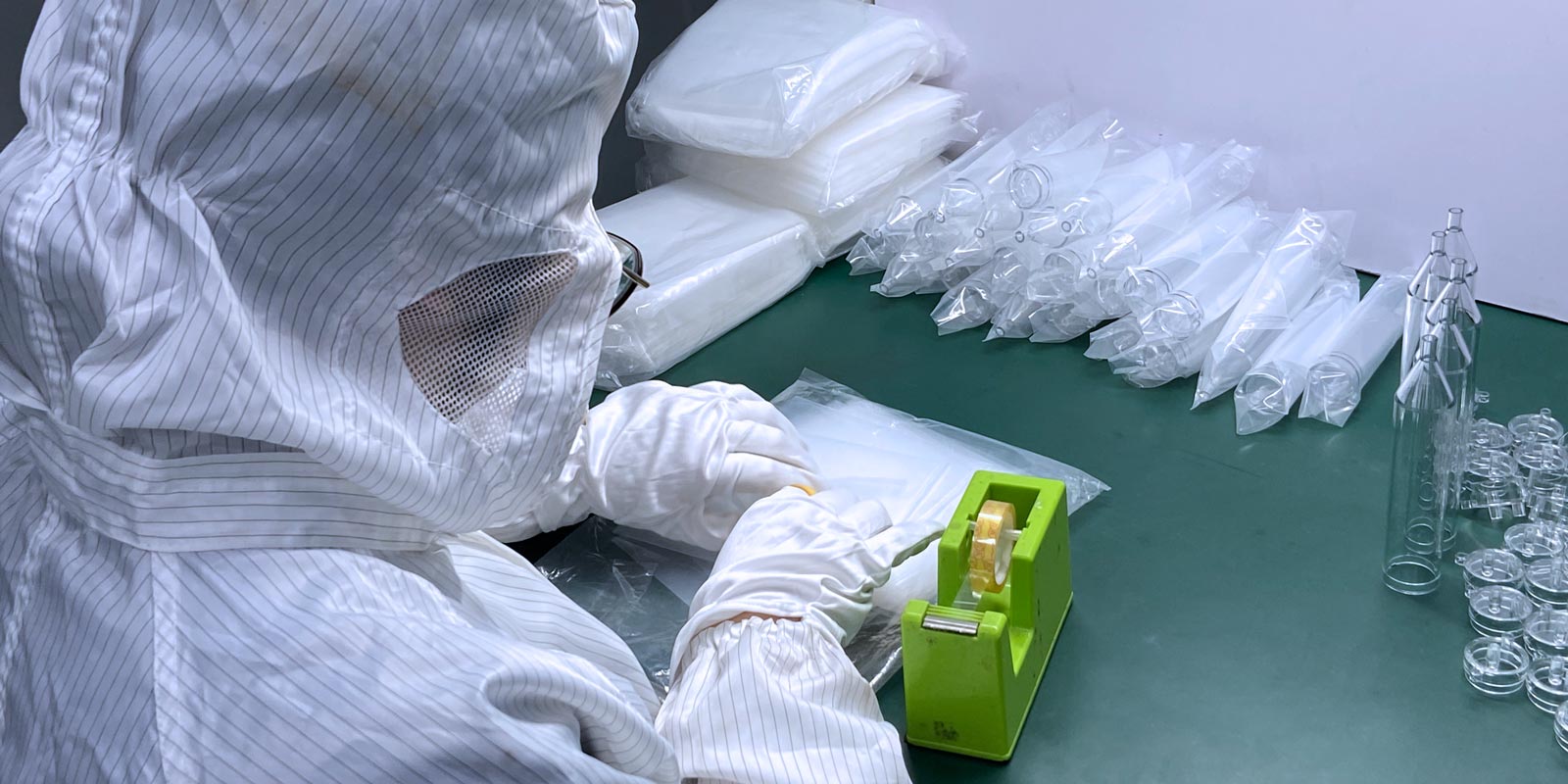
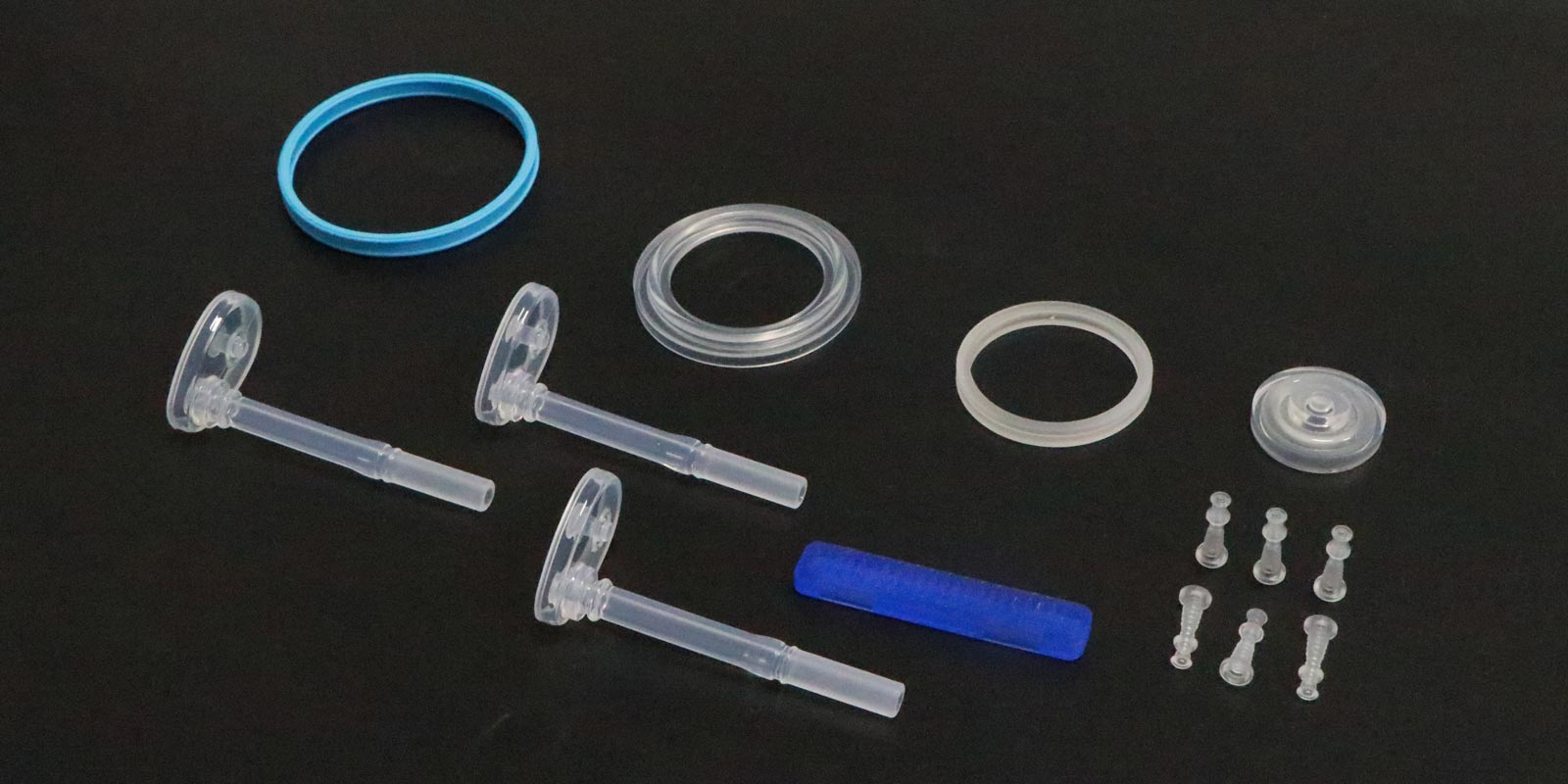

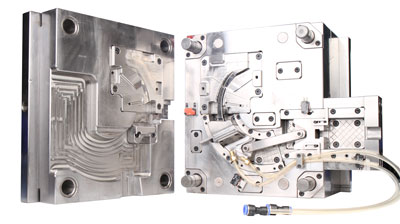
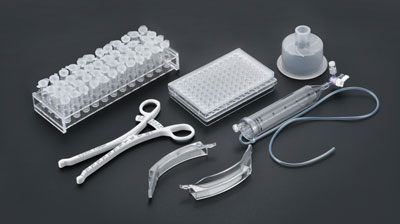








 Home
Home
